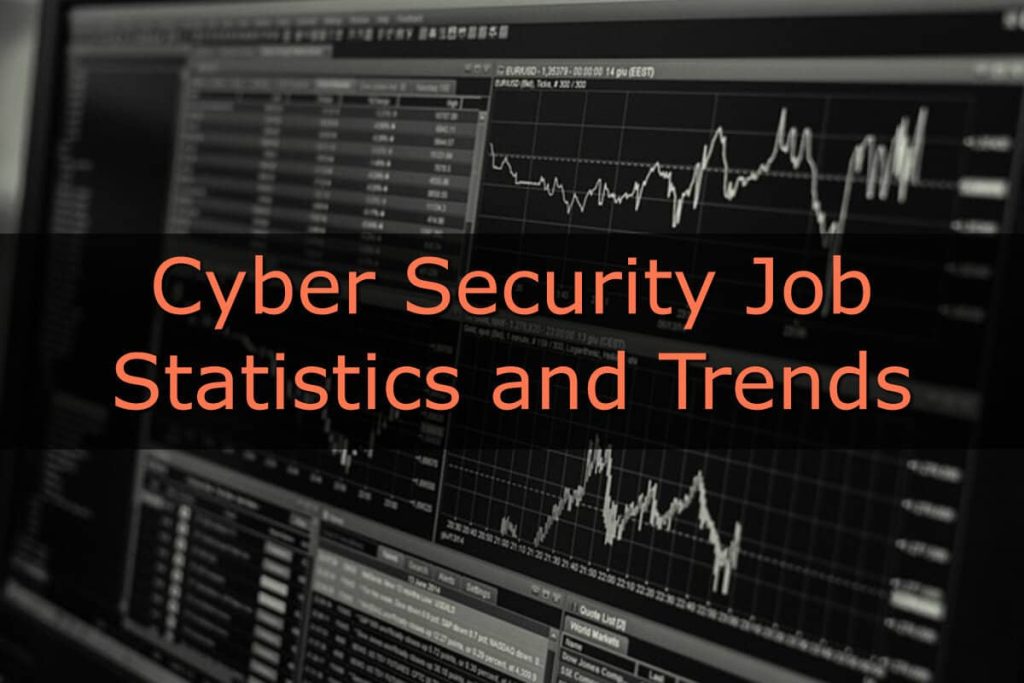Keeping up with the cybersecurity landscape can be challenging, but it’s crucial for protecting yourself and your organization.
Whether you’re an aspiring cyber warrior or a tech enthusiast eager to navigate this cybersecurity landscape, we’ll share some straightforward ways to stay informed and ready for whatever comes next.
So, let’s dive in, and set the trajectory for a trailblazing career!
Adapting to Evolving Threats
The field of cybersecurity demands that you’re resilient, adaptable, and are keenly aware of the shifting terrain. Here are some activities you can do to ensure you’re staying ahead of the game:
Subscribe to cybersecurity newsletters:KrebsOnSecurity,Dark Reading,The CyberWire,CSO Online and MyTurn. All these newsletters do a good job of keeping up-to-date with the latest cyber trends.
Participate in dedicated workshops: Offerings from SANS Institute or even NIST publishes a list of Free and Low Cost Online Cybersecurity Learning Content.
Engage in community forums: Explore Cybersecurity on Reddit and Information Security on Stack Exchange.
Hands-on Learning:Raspberry Pi,Proxmark for RFID security, Adafruit for IoT circuits.
Literature Research: “Practical Internet of Things Security” by Brian Russell and Drew Van Duren. This book stands out because of its comprehensive take on IoT security. It covers a wide range of topics and offers practical solutions, making it a favorite among professionals and students alike. “The IoT Hacker’s Handbook: A Practical Guide to Hacking the Internet of Things” by Aditya Gupta. This book provides actionable tools and techniques for testing the security of IoT devices, making it particularly popular among security practitioners who are interested in a hands-on approach.
Specialized Associations: Delve into IoT-centric associations like IoT Security Foundation as a way to maintain your IoT security knowledge.
Mastering Cloud Security
The cloud, with its scalable resources and distributed architecture, offers vast opportunities, but with them come new threats and vulnerabilities.
Certifications: Venture into CCSP AWS Certified Security Specialty and Microsoft’s Azure Fundamentals. The additional benefit is that you can use platforms such as AWS and Azure to create virtual environments for practice as you learn to incorporate cloud security measures.
Engage in Cloud Forums: Participate in discussions on Stack Overflow’s Cloud Security section or join the Cloud Security Alliance on LinkedIn.
Grasping Regulatory and Compliance Frameworks
As you can imagine, understanding regulatory and compliance frameworks isn’t just a tick in the box; it’s a critical foundation. And they aren’t mere guidelines either; they form the very backbone of how organizations operate, ensuring that user data and organizational processes adhere to stringent standards.
Understanding the cybersecurity landscape requires you to quickly know the weight that these regulations carry. From GDPR to HIPAA, from PCI DSS to SOX, each set of regulations addresses specific risks and concerns in various sectors.
Study Key Regulations: Familiarize yourself with GDPR, CCPA, HIPAA, and other regional regulations.
Courses and Workshops: Enroll in specialized training, such as Coursera, focusing on security risk and compliance and their implementation.
Networking: Join compliance forums such as LinkedIn’s Governance, Risk and Compliance Management (GRC) Group to understand real-world challenges and their solutions.
Shifting from Reactive to Proactive Defense
In the early stages of your security career, reactive defense might have been the norm.
As breaches occurred or vulnerabilities were exposed, you responded, through analysis, or patching holes and mending digital fences.
But, by merely reacting to threats as they emerge leaves systems perpetually vulnerable. Starting switching your mindset to a proactive defense stance to start anticipating threats before they manifest.
Engage in Ethical Hacking: Dive deeper with platforms like
Hack The Box or TryHackMe, and consider certifications like CEH or CompTIA PenTest+.
Networking Opportunities: Be present at events like your local Bsides, Meetup, DEFCON, or Black Hat, focusing on specialized tracks and hands-on labs.
Looking to upgrade your career?
View our listing of cybersecurity jobs!
Interested in More…
How to Learn Cybersecurity?
The Future of Cyber Security: Overview of New Technologies
Breaking into Cybersecurity: The Best Way to a Dream Job!
Cyber Security Statistics and Trends for Jobs
What Is the Best Job in Cyber Security?


